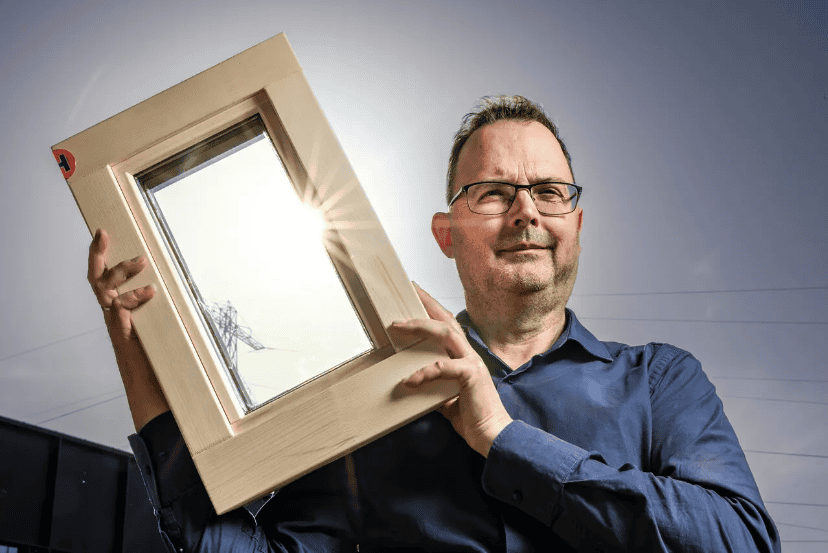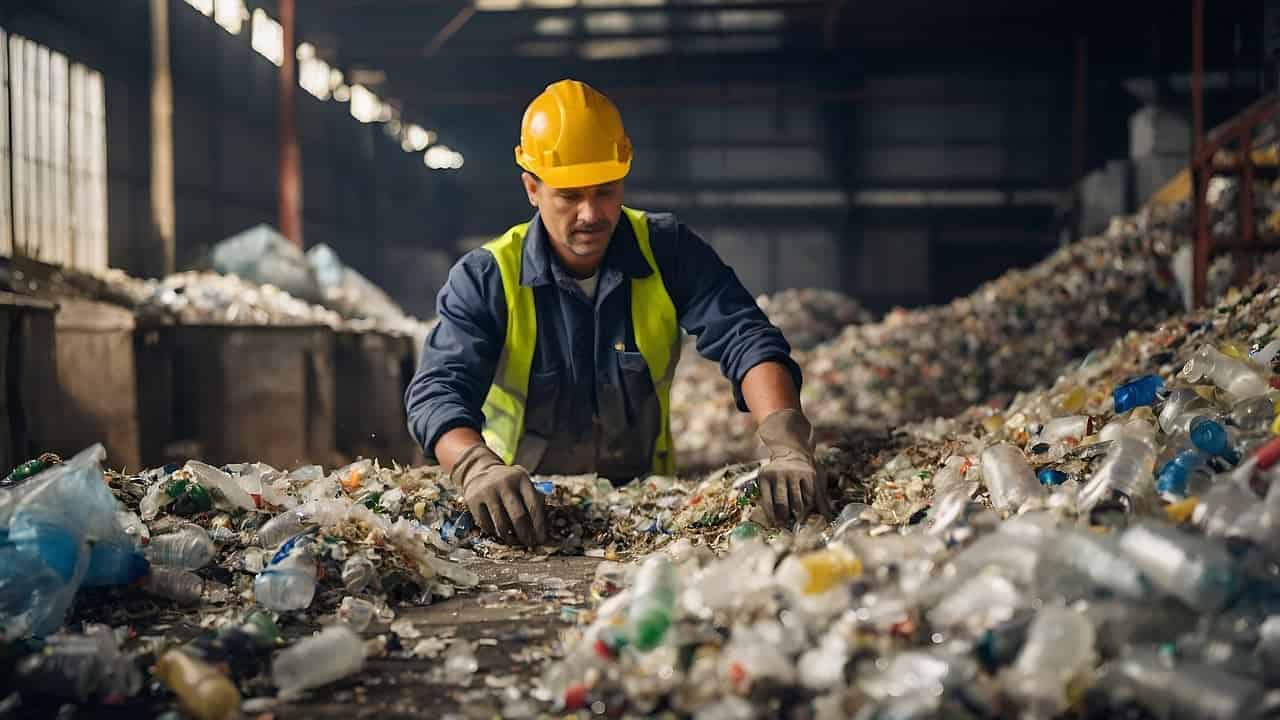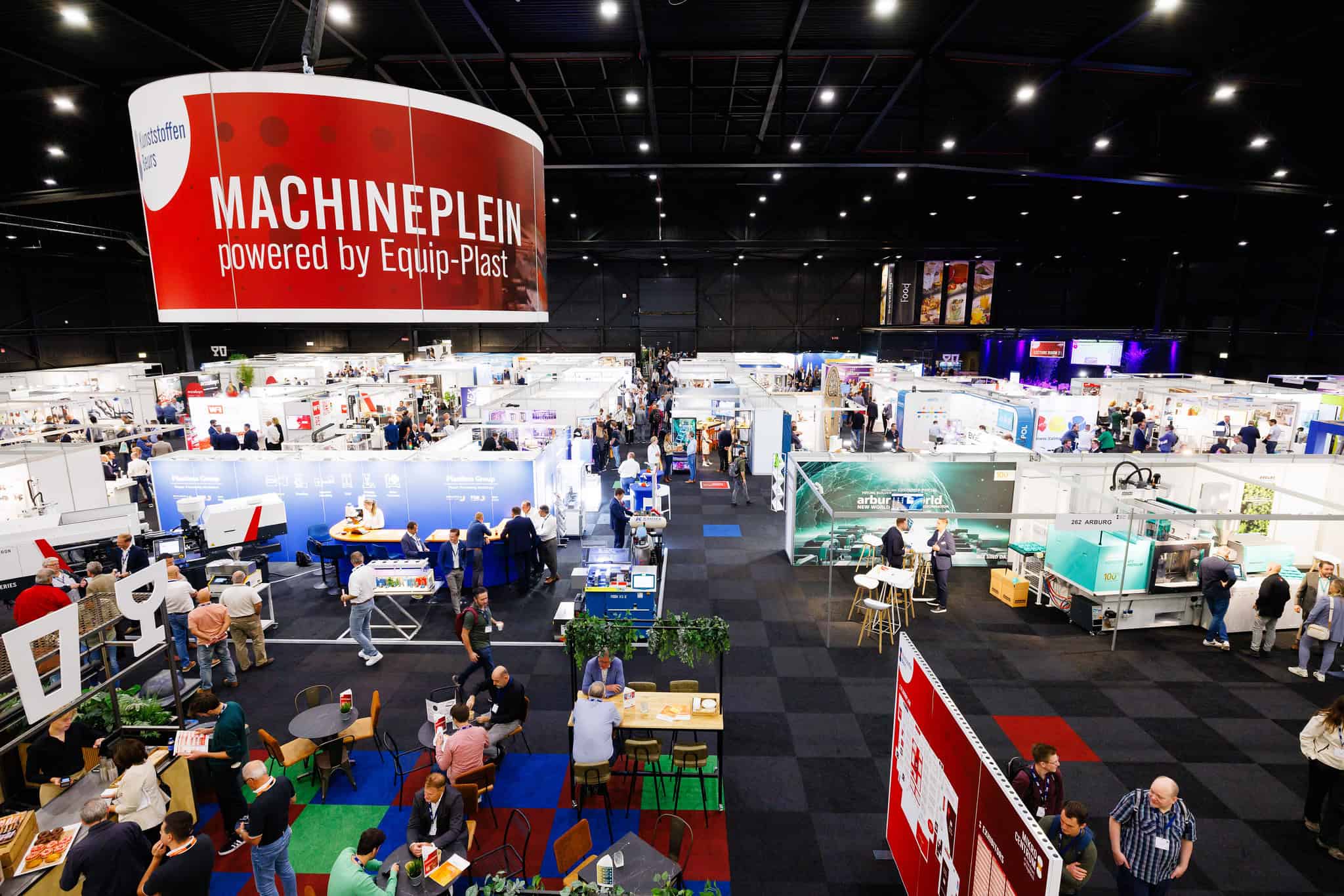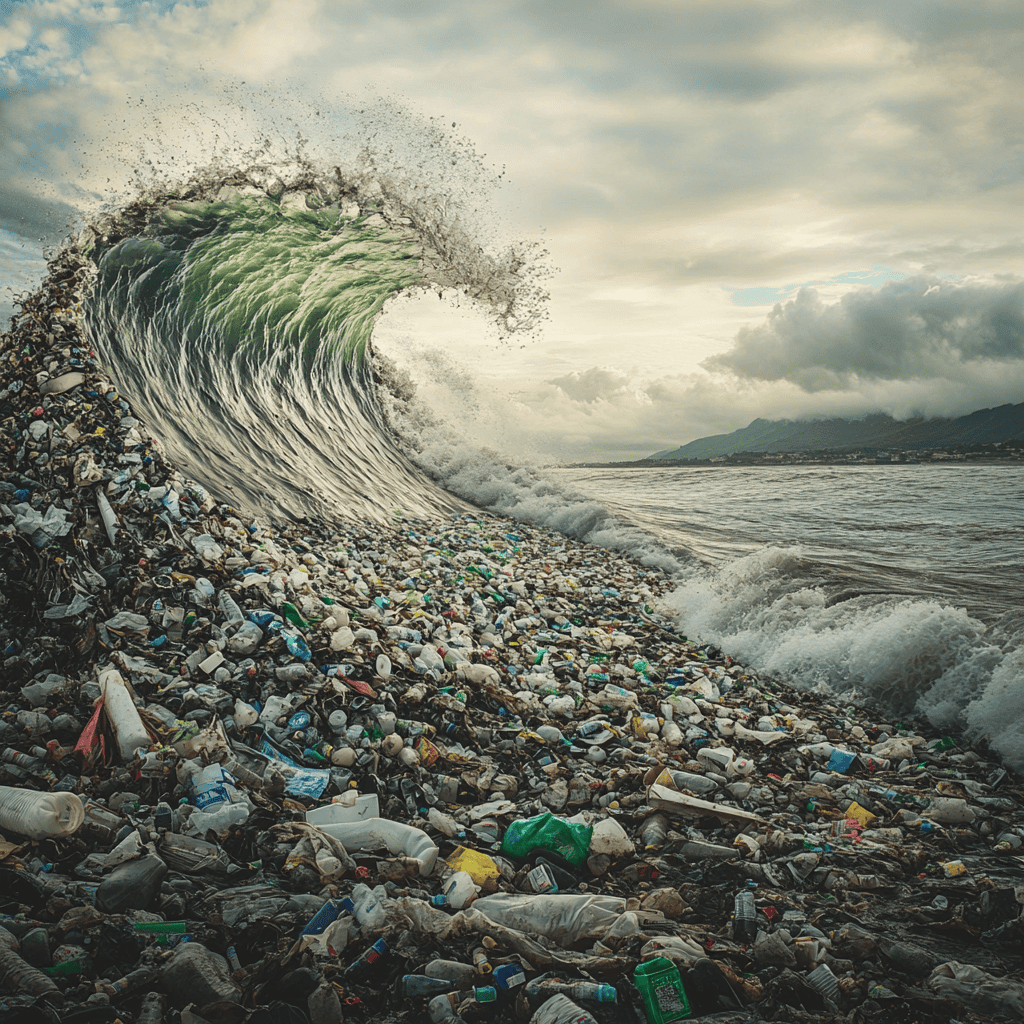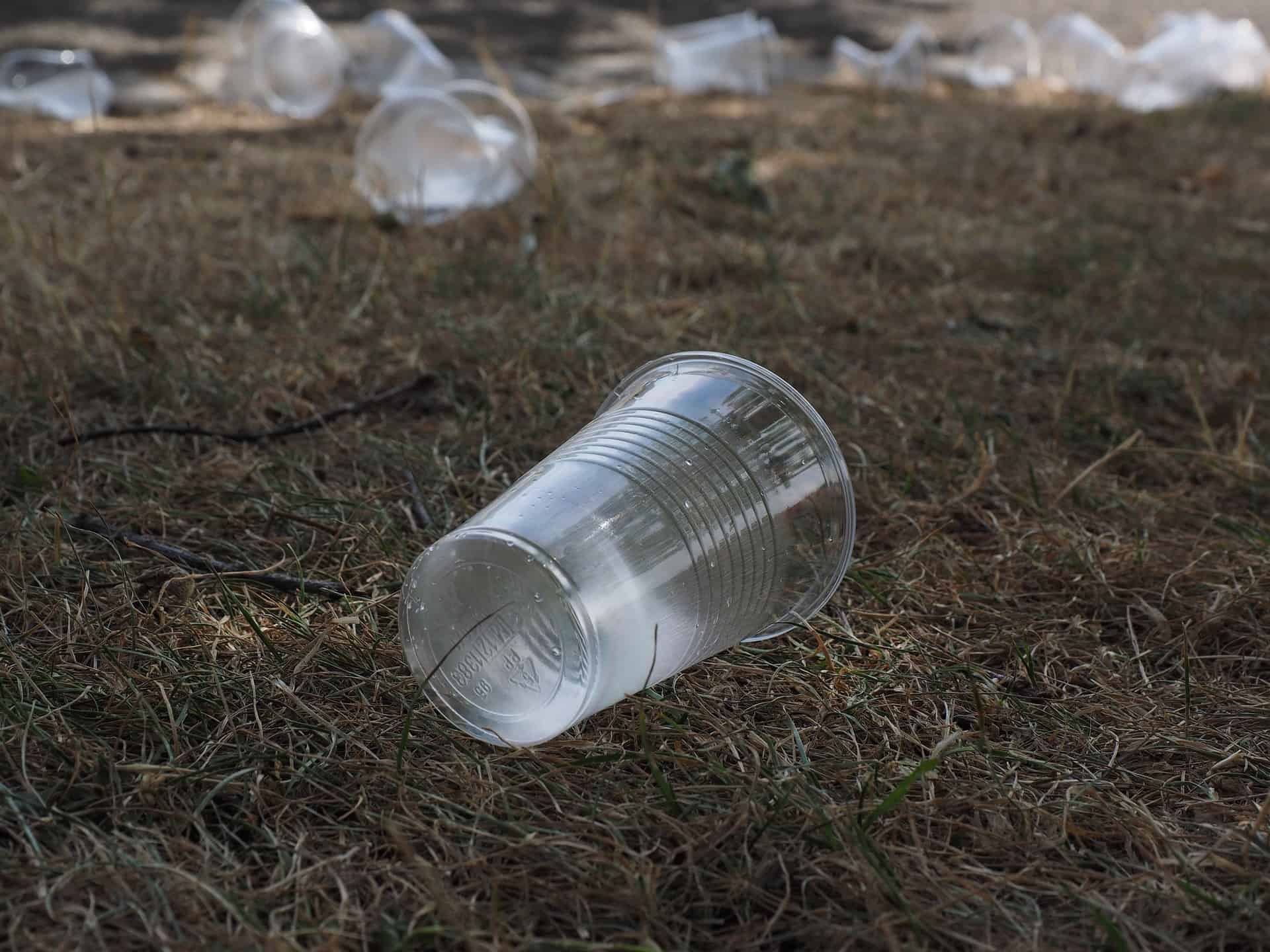
Researchers from the University of Cambridge have developed a system that can transform plastic waste and greenhouse gases into sustainable fuels and other valuable products – using just the energy from the Sun, says the university in a press release.
The researchers developed the system, which can convert two waste streams into two chemical products at the same time – the first time this has been achieved in a solar-powered reactor. The reactor converts carbon dioxide (CO2) and plastics into different products that are useful in a range of industries. In tests, CO2 was converted into syngas, a key building block for sustainable liquid fuels, and plastic bottles were converted into glycolic acid, which is widely used in the cosmetics industry. The system can easily be tuned to produce different products by changing the type of catalyst used in the reactor.
“Converting waste into something useful using solar energy is a major goal of our research,” said Professor Erwin Reisner from the Yusuf Hamied Department of Chemistry, the paper’s senior author. “Plastic pollution is a huge problem worldwide, and often, many of the plastics we throw into recycling bins are incinerated or end up in a landfill.”
Alternative to silicon
The researchers developed an integrated reactor with two separate compartments: one for plastic, and one for greenhouse gases. The reactor uses a light absorber based on perovskite – a promising alternative to silicon for next-generation solar cells.
The team designed different catalysts, which were integrated into the light absorber. By changing the catalyst, the researchers could then change the end product. Tests of the reactor under normal temperature and pressure conditions showed that the reactor could efficiently convert PET plastic bottles and CO2 into different carbon-based fuels such as CO, syngas or formate, in addition to glycolic acid. The Cambridge-developed reactor produced these products at a rate that is also much higher than conventional photocatalytic CO2 reduction processes.
“Generally, CO2 conversion requires a lot of energy, but with our system, basically you just shine a light at it, and it starts converting harmful products into something useful and sustainable,” said co-first author Dr Motiar Rahaman. “Prior to this system, we didn’t have anything that could make high-value products selectively and efficiently.”
Solar-powered recycling plant
Reisner recently received new funding from the European Research Council to help the development of their solar-powered reactor. Over the next five years, they hope to develop the reactor further to produce more complex molecules. The researchers say that similar techniques could someday be used to create an entirely solar-powered recycling plant.

Selected for you!
Innovation Origins is the European platform for innovation news. In addition to the many reports from our own editors in 15 European countries, we select the most important press releases from reliable sources. This way you can stay up to date on what is happening in the world of innovation. Are you or do you know an organization that should not be missing from our list of selected sources? Then report to our editorial team.


